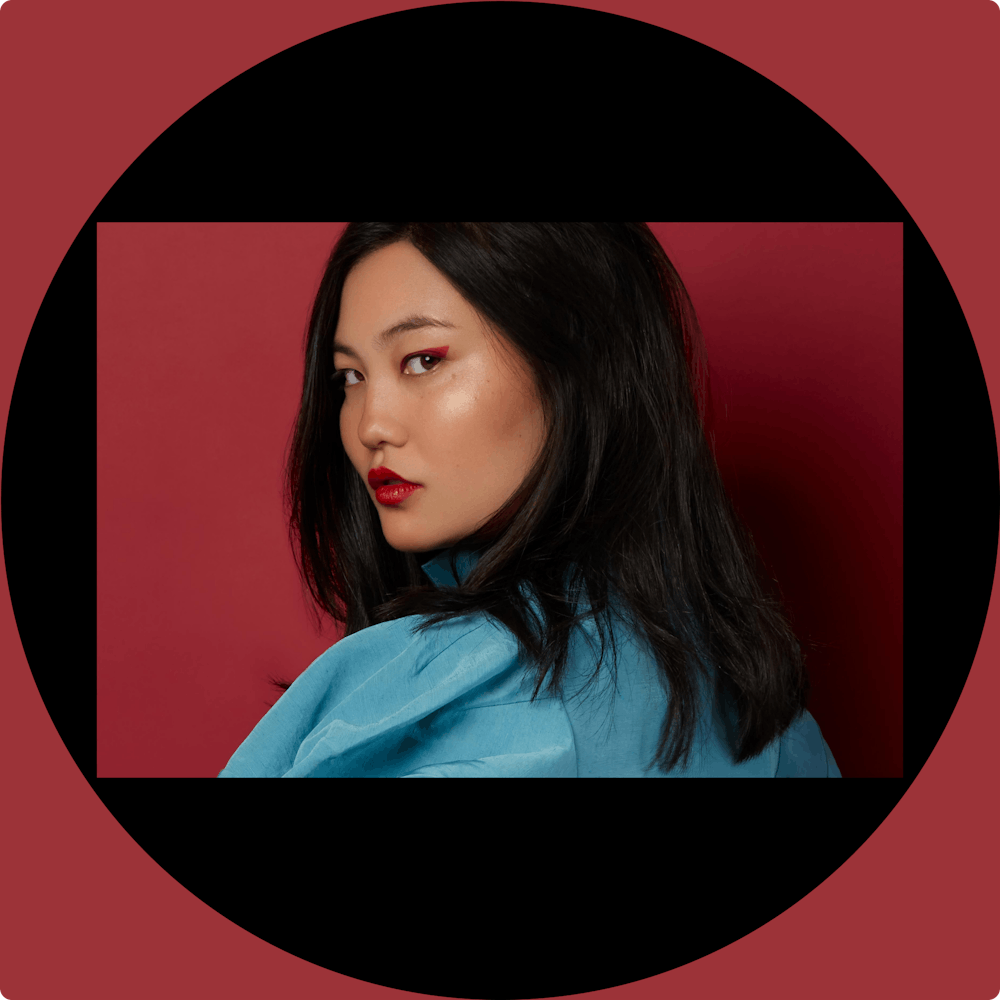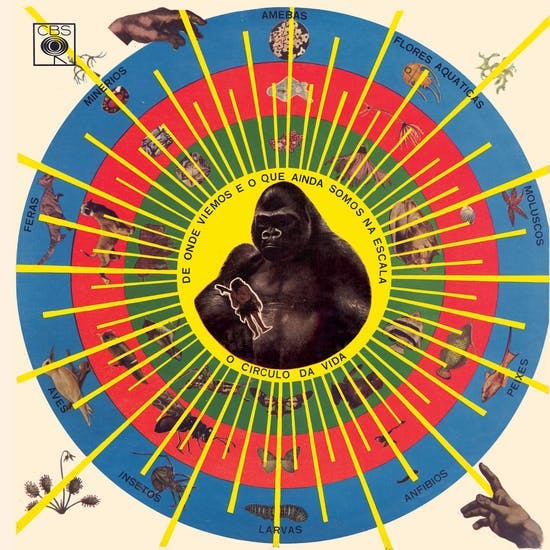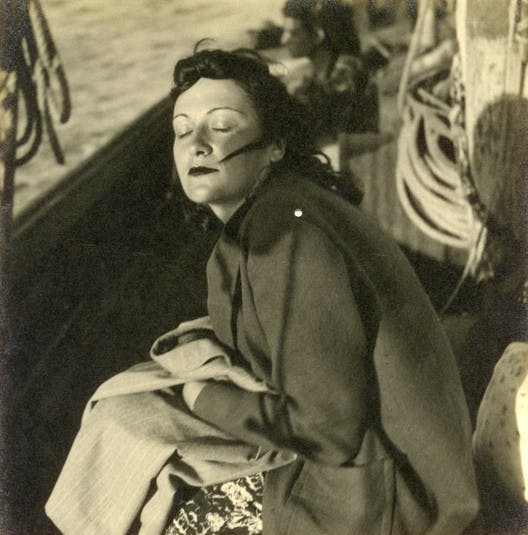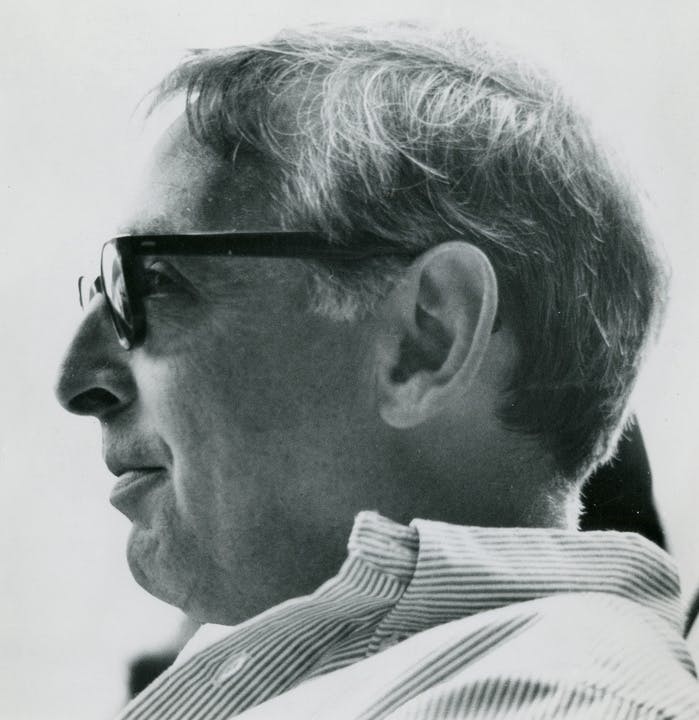Gabriela Namie
Gabriela Namie is a designer working on Youtube Music in New York. In this article, she talks about how her discovery of design happened in parallel to her mom, reveals her three main sources of inspiration, and leaves a provocation for other designers out there.

I found out about Design at the same time my mother did. She was a languages teacher at the time, and she now works as a furniture designer. I always liked artistic activities as a kid and wanted to work with something connected to creativity. We learned about Design and I fell in love with graphic design as a career.
But beyond Design as a practice in itself, other topics have heavily influenced me. As a teenager, I started listening to punk rock, and started to investigate the ideas behind the songs. Music, in general, has always been at the forefront of raising awareness for social issues and being in tune with current events. Many music genres are born out of political dissatisfaction. I was fascinated with album cover art, and I realized that visual manifestations do not happen by chance: they reflect a way of thinking and doing – and this perception is essential for my practice today.
Later on, I started cycling around the city. What started as a hobby got me involved in broader urban mobility initiatives in an unexpected way and gave me a new perspective of the city where I was born and raised. I discovered the architecture of São Paulo – Brazilian modernist icons – and also designed flyers for cycling groups. However, in addition to the visual aspect, what impressed me the most was the construction of bike lanes. At that time they did not exist in the city, and the groups I participated in did a big push to get the public administration to start caring about cyclists. Seeing such a big change happen around me showed me that my actions can definitely have an impact – both as a person and as a designer.
From discovering design with my mom, to punk rock and cycling, Design has always been there. And what I learned in these three moments is that what matters most in Design is not Design. For my mother, Design was a symbol of long-term independence and self-discovery. And, in a way, for me too. Through music, I discovered ideas and shaped my political perceptions. Through the bicycle, I realized that our personal choices have an impact and that it is possible to generate change. And sometimes with Design.
01
Krishnanda, Pedro Santos
Krishnanda is the best album cover ever made and the designer is Pedro Santos himself. This cover is so innovative and genuine, just like his music. Pedro Santos create everything: an instrument called “tamba”, the songs, the cover art. Everything is authentic and reflects his spiritual journey. I feel like every time designers try to do cover art for a musician, we end up creating a worse version of that person's work. What makes Pedro’s work special is its authenticity.

02
Lina Bo Bardi
Lina Bo Bardi is an essential part of the landscape in São Paulo. I used to see the MASP or SESC Pompéia buildings as a child and then I discovered that they were part of Lina Bo Bardi's work. Creating something from scratch is easier than reframing. And above all, she re-signified spaces in a beautiful way.

03
Herb Lubalin
As soon as I graduated, I became very interested in type design. In Cooper Union's intensive sources course, I discovered the work of Herb Lubalin. The expressive capacity of his work impressed me. With such simple shapes, he is able to say a lot.

A provocation
What do you trade your work for?
“What is required in our field, more than anything else, is continual transgression. Professionalism does not allow this because transgression must encompass the possibility of failure, and if you are a professional your instinct is not to fail but to repeatedly seek success. So professionalism as a life goal is a limited goal”, Milton Glaser.
If design as a profession had an official code of conduct, what would it say?
Written by Gabriela Namie for the Source File series, curated by Fabi Nakasone, Isa Marques, and DOC. All images are publicly sourced online and can be found on the links displayed on this article.